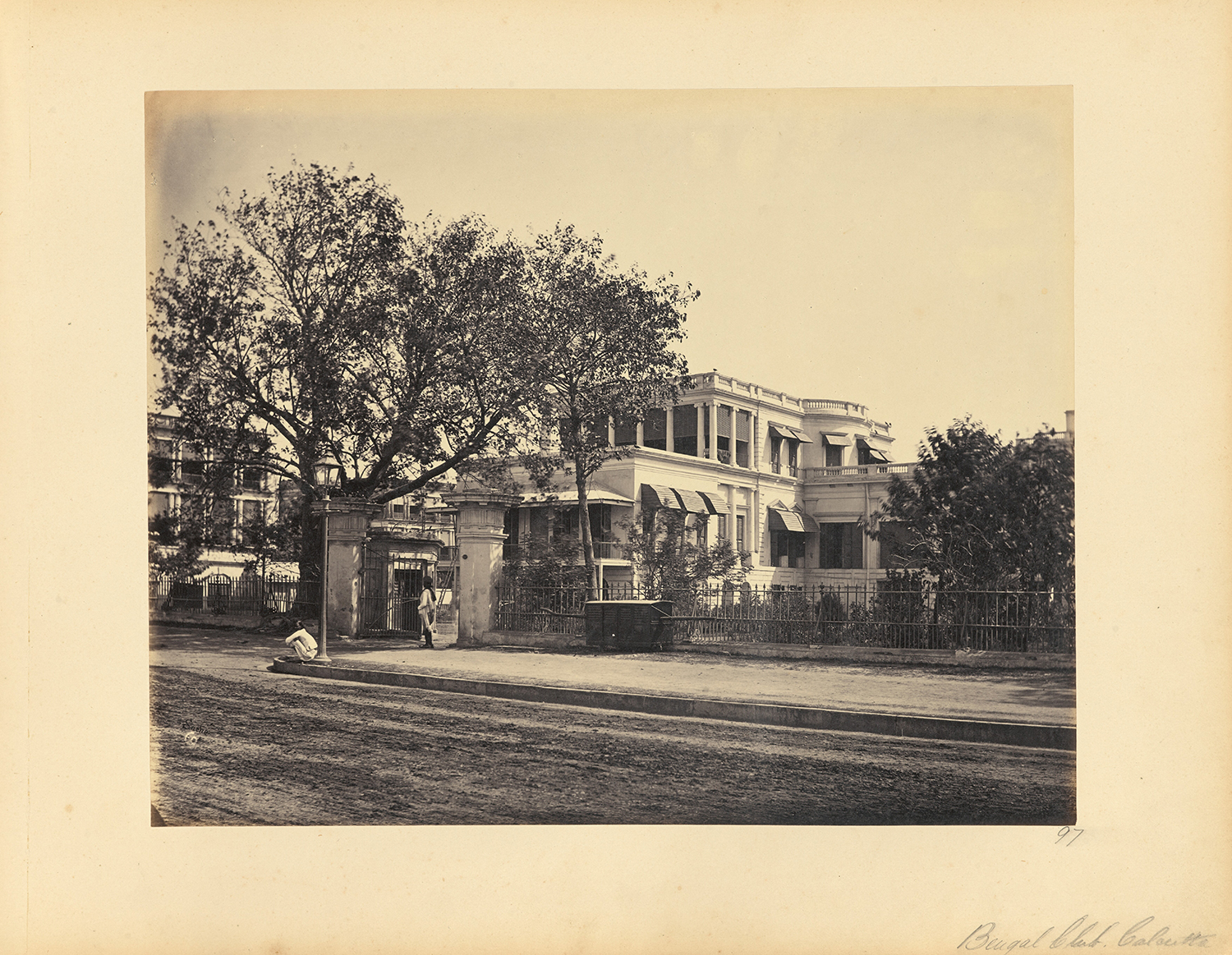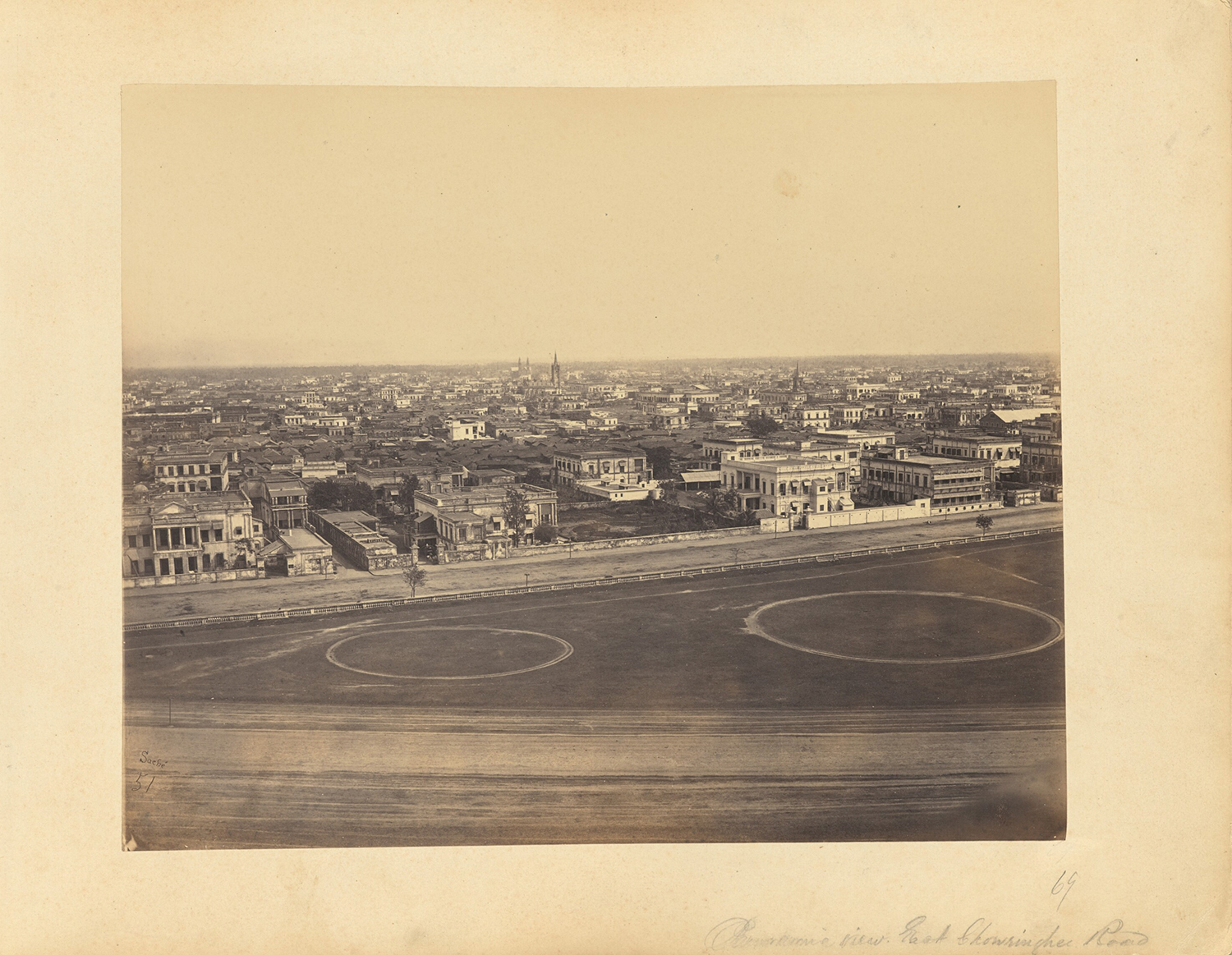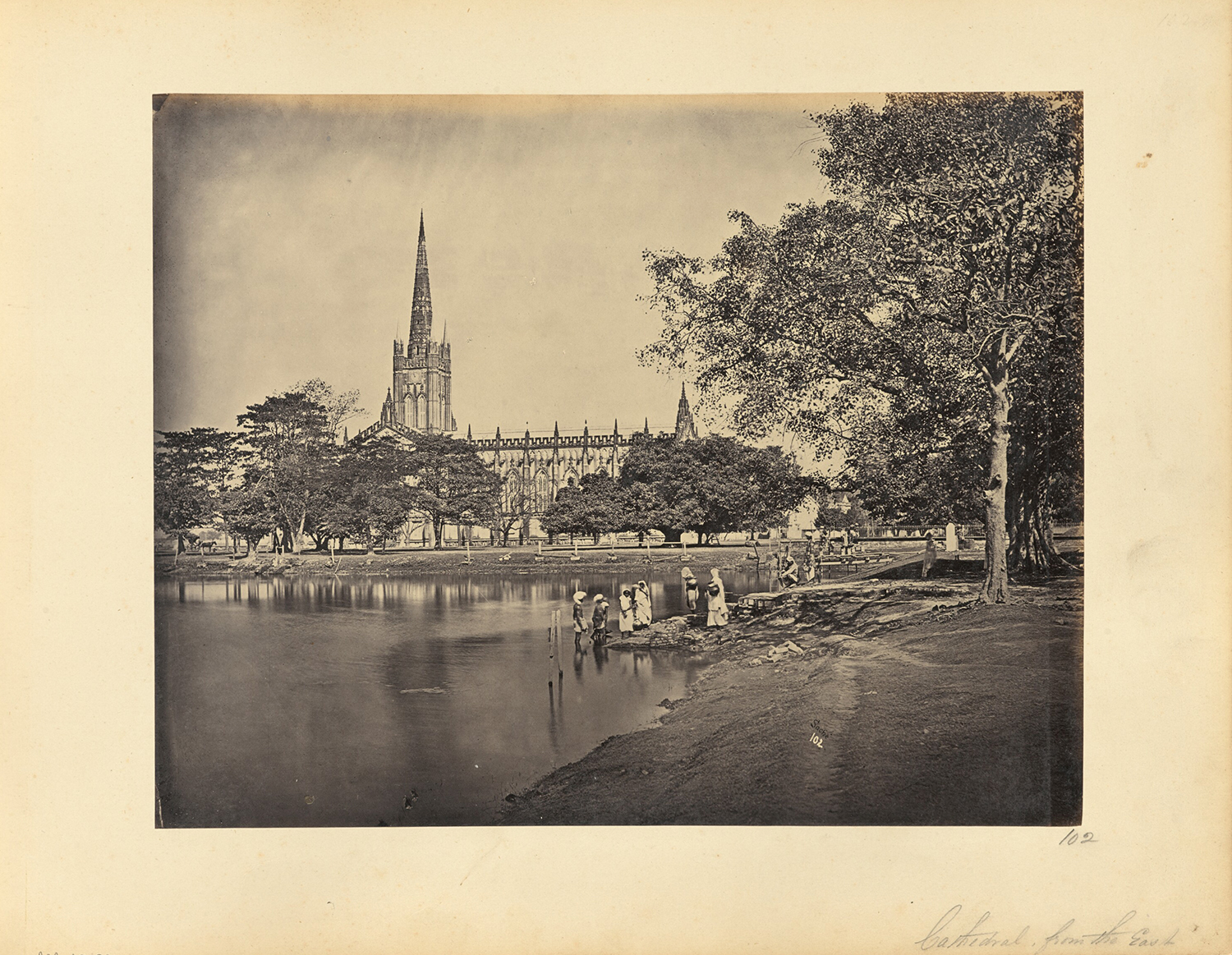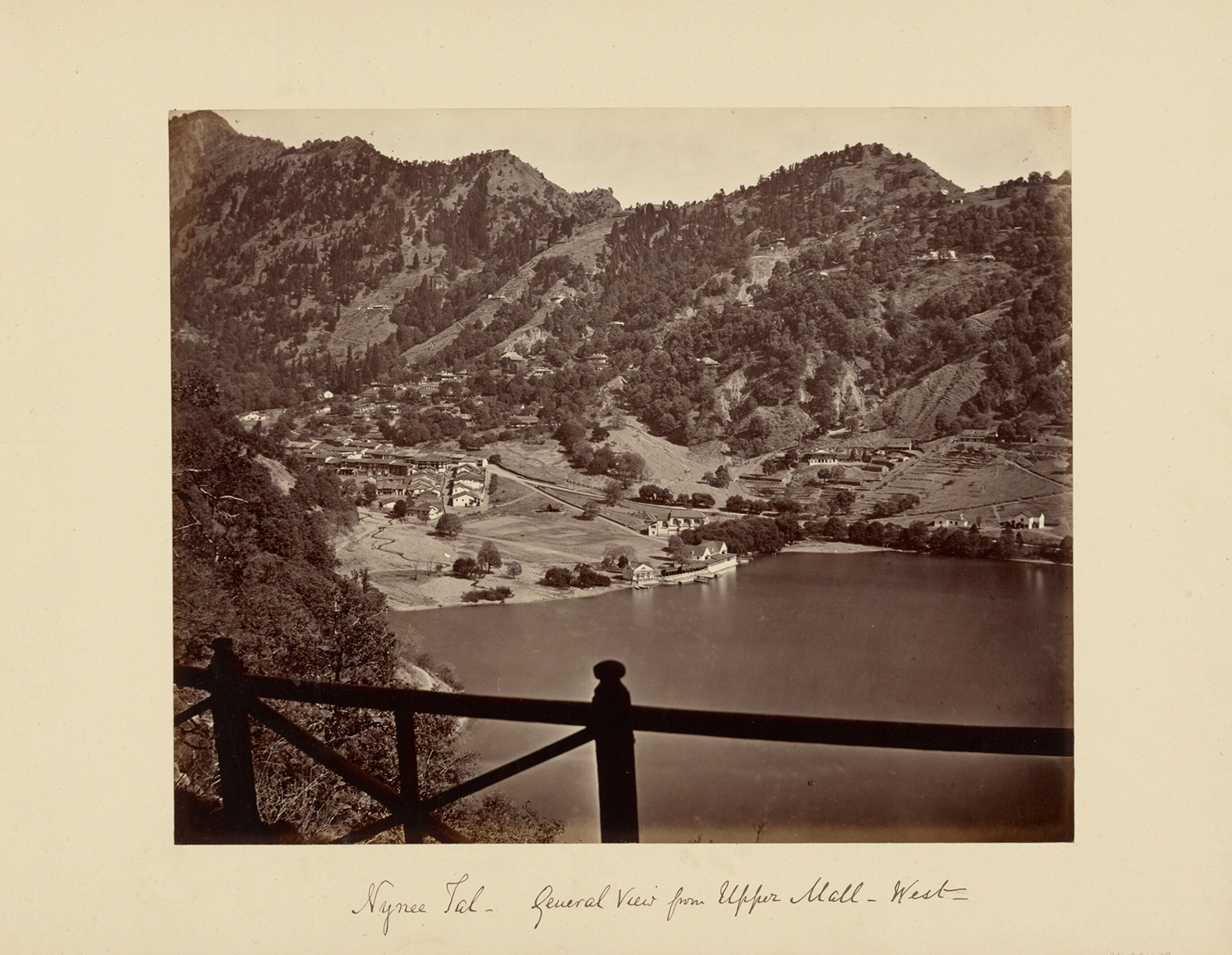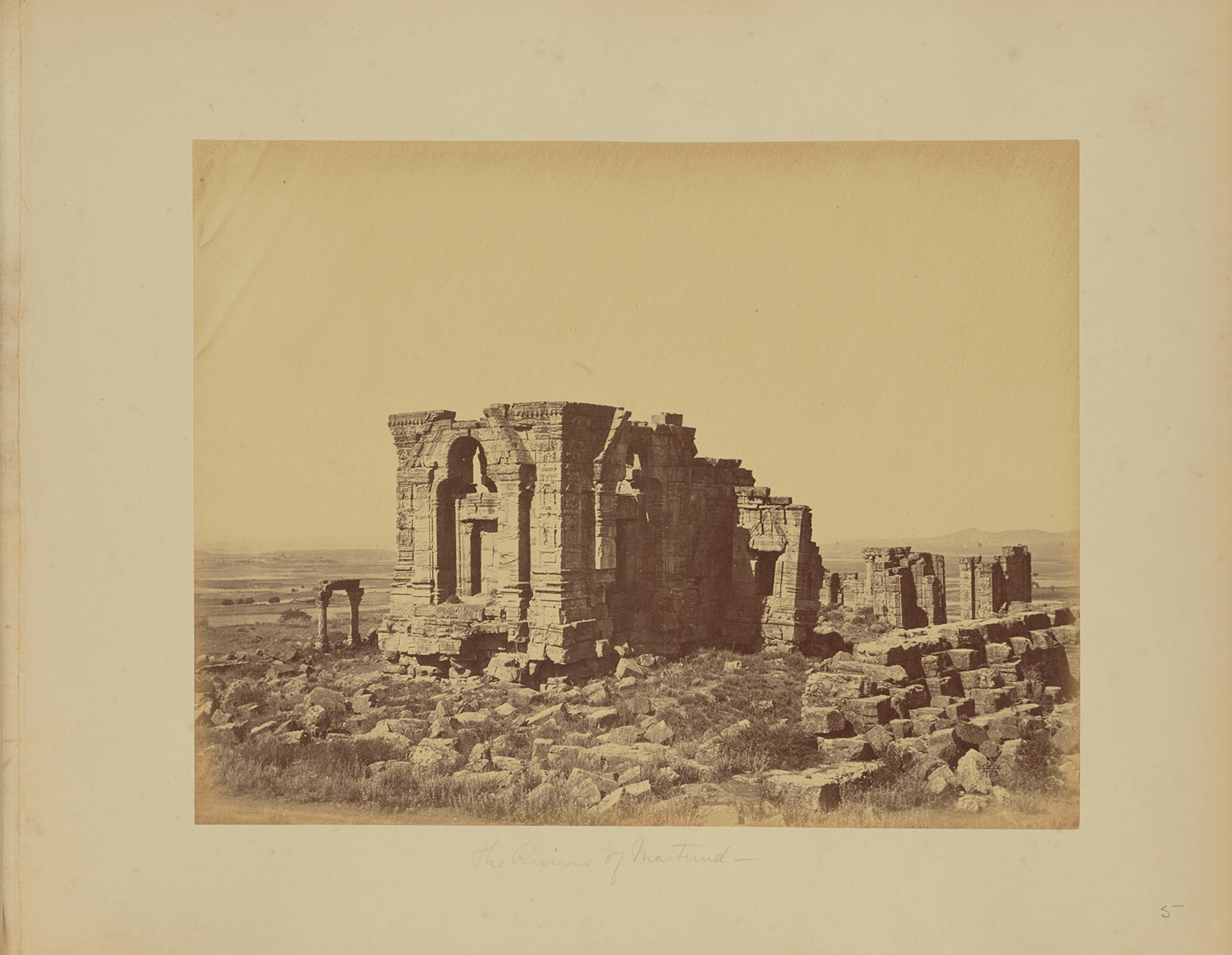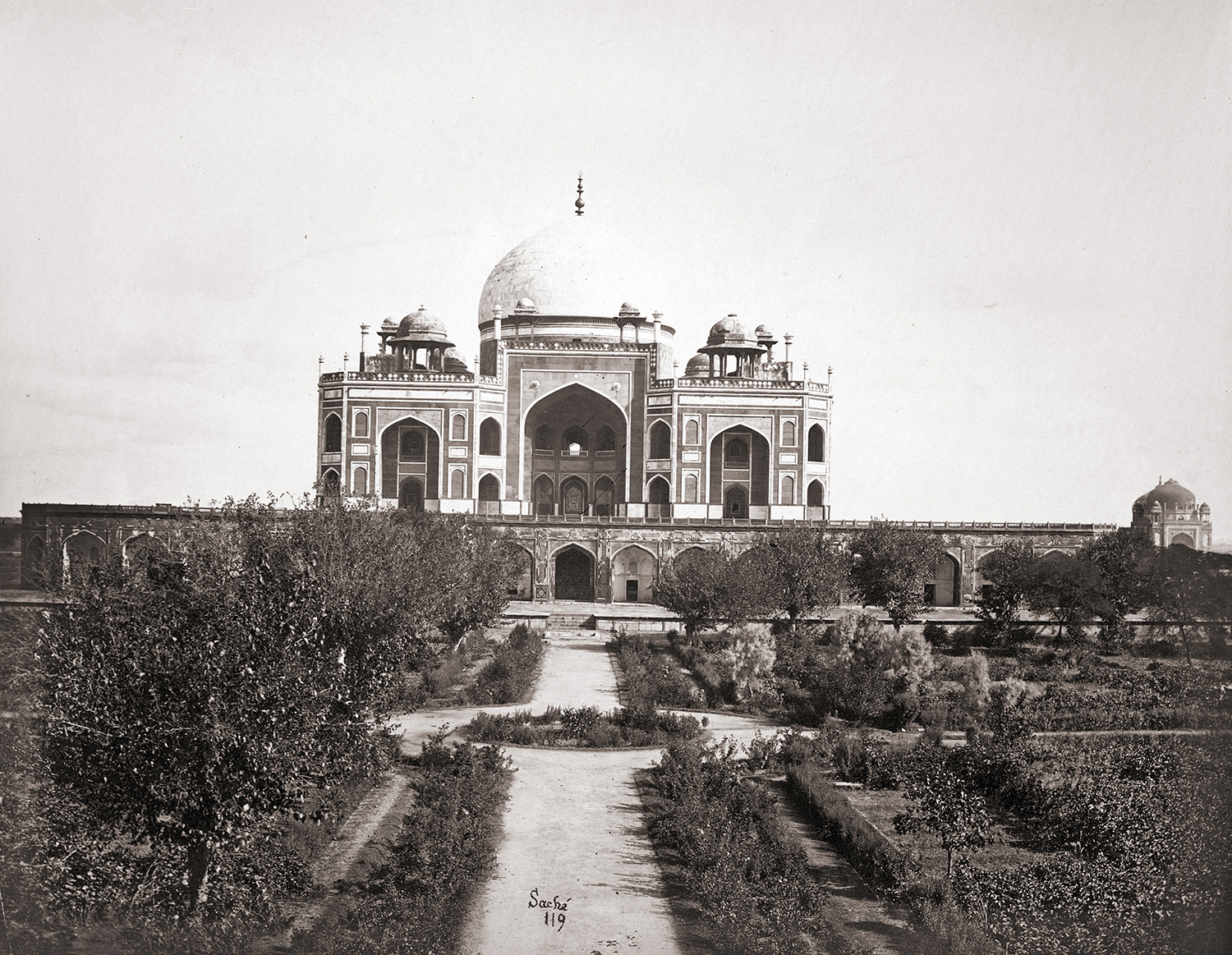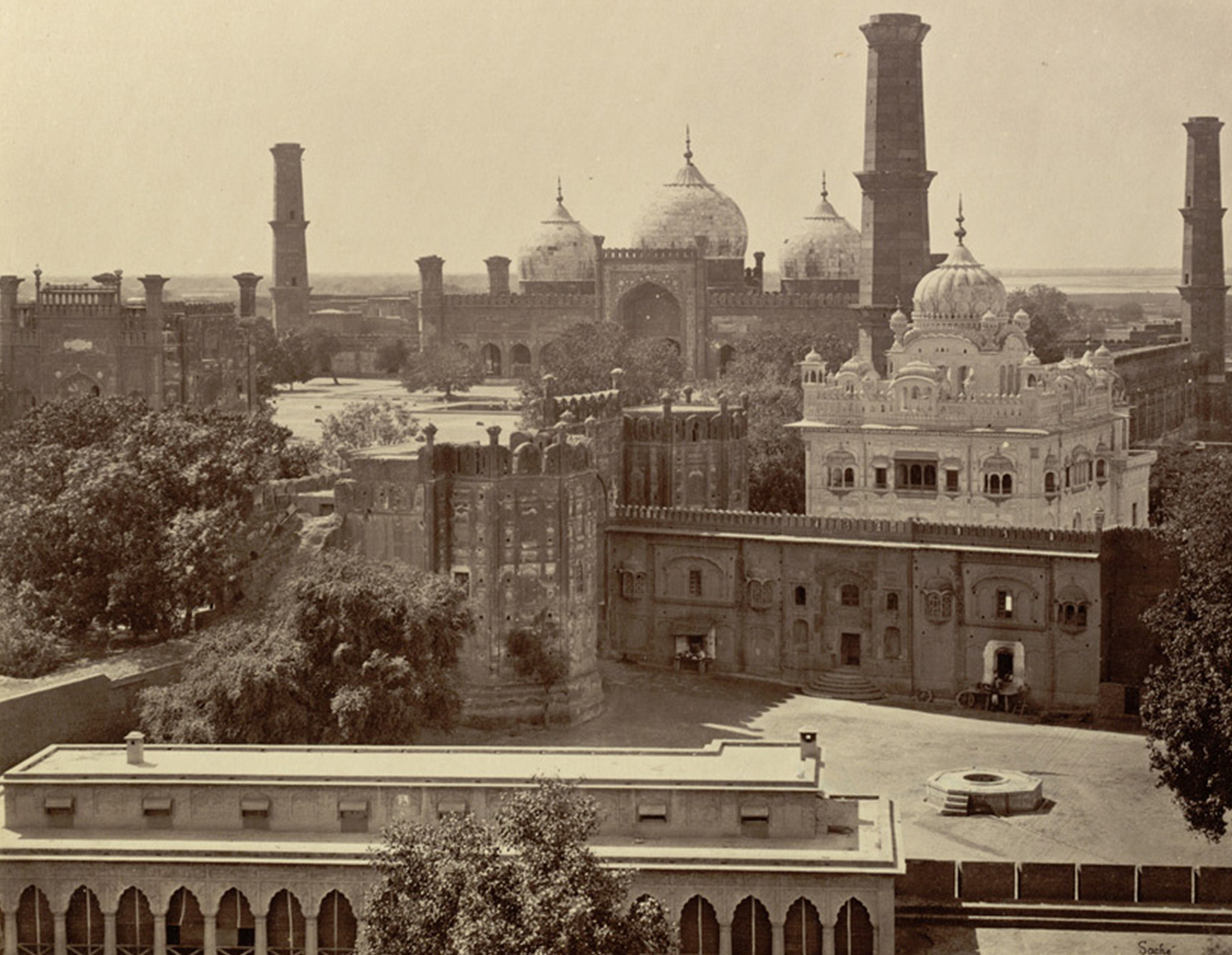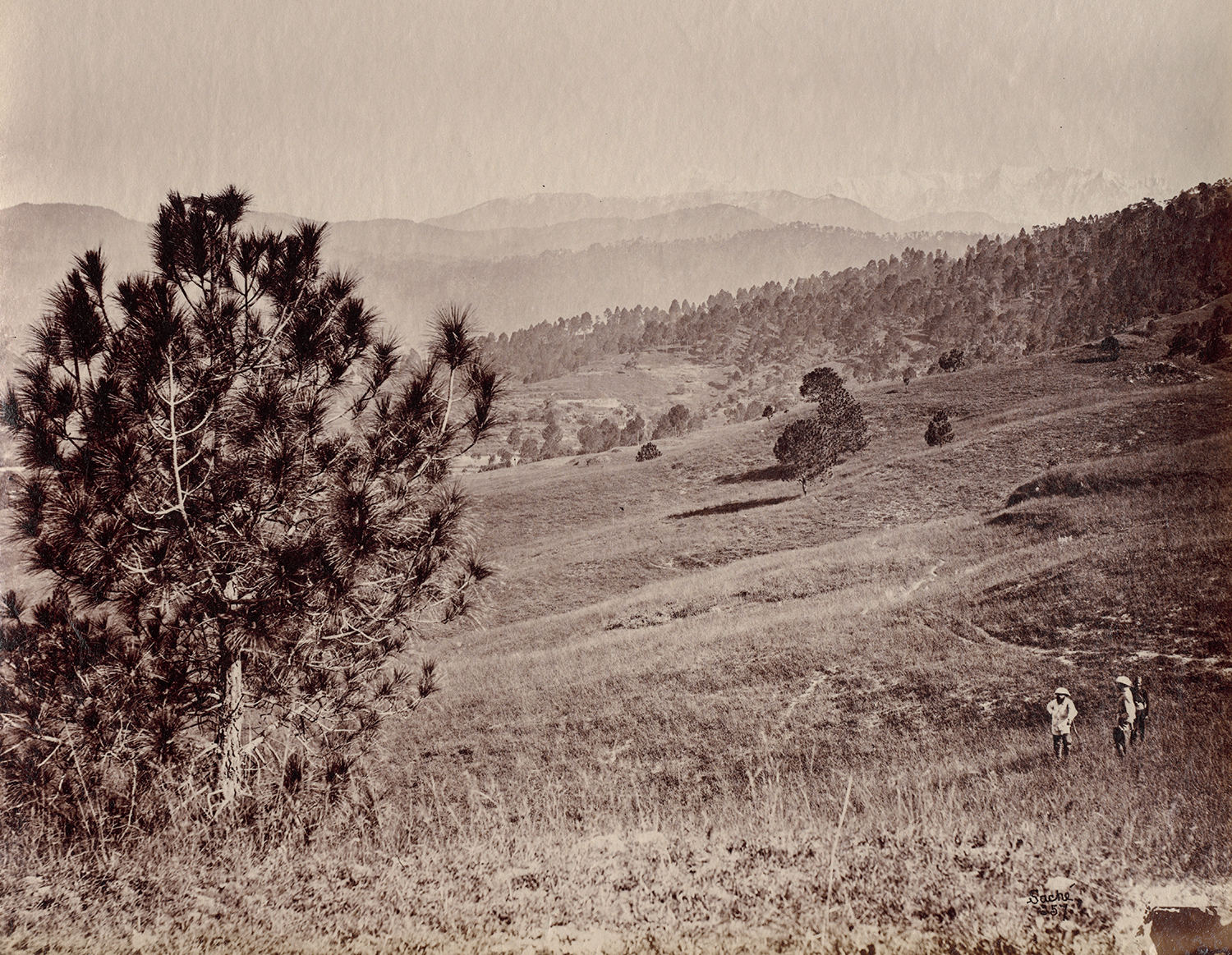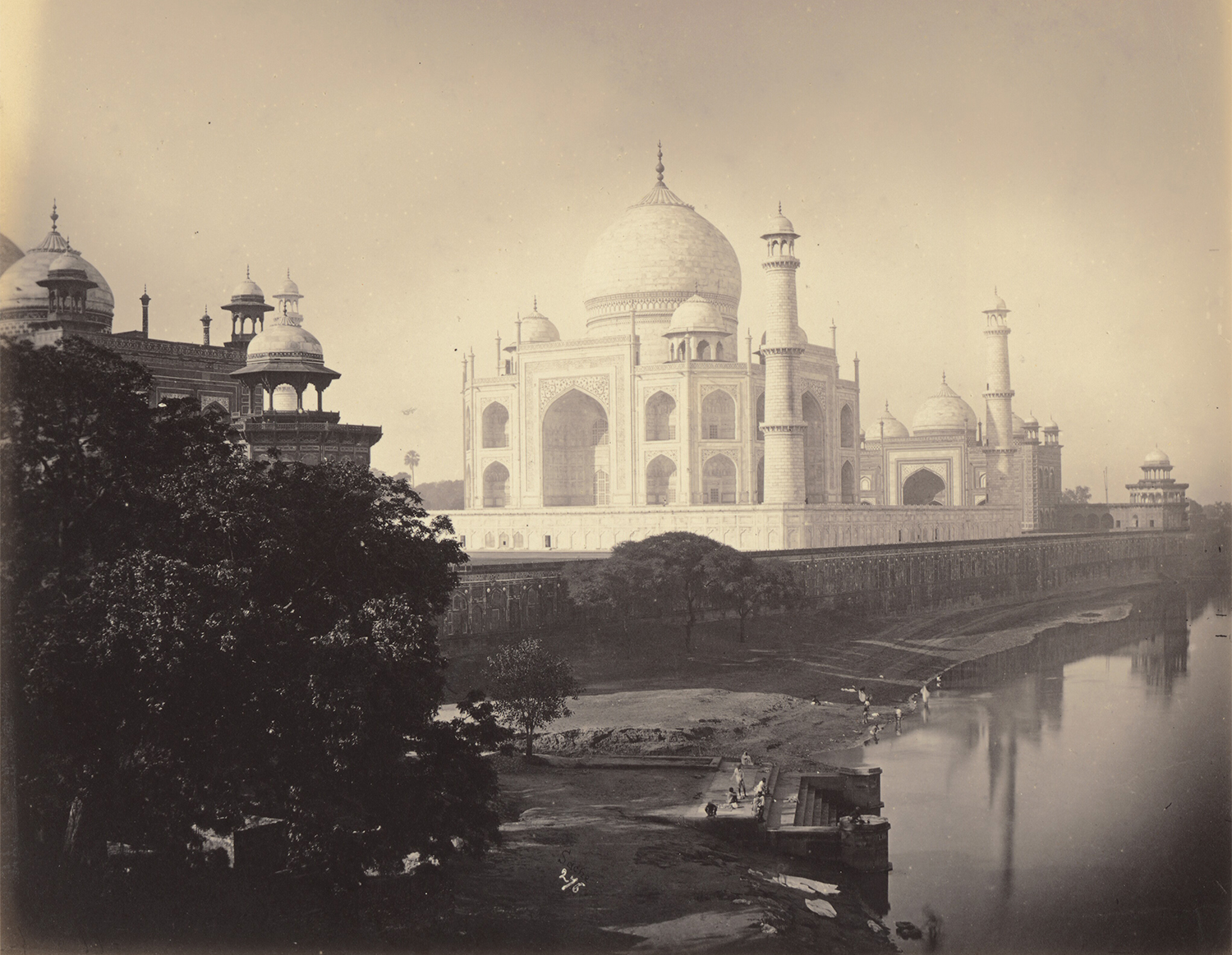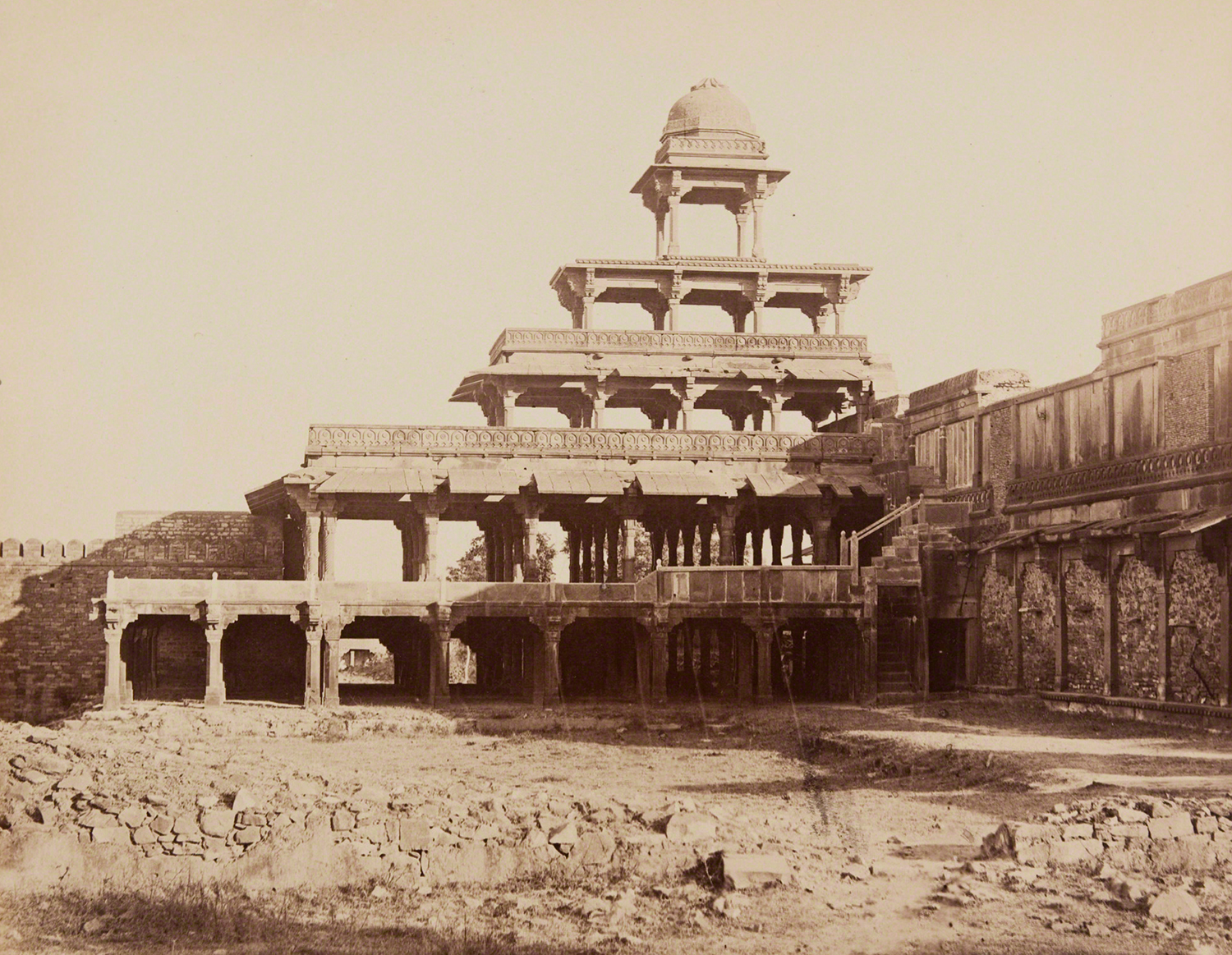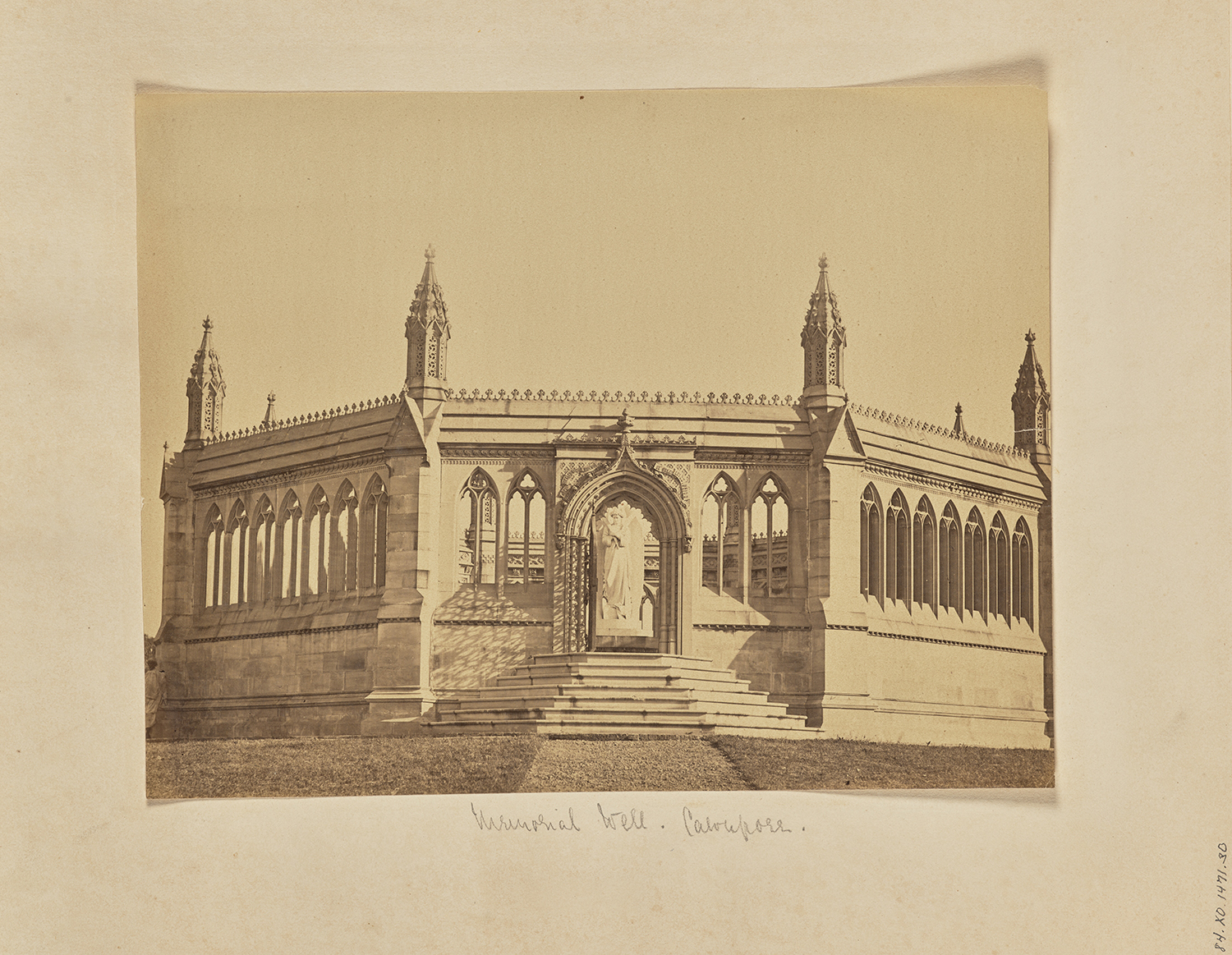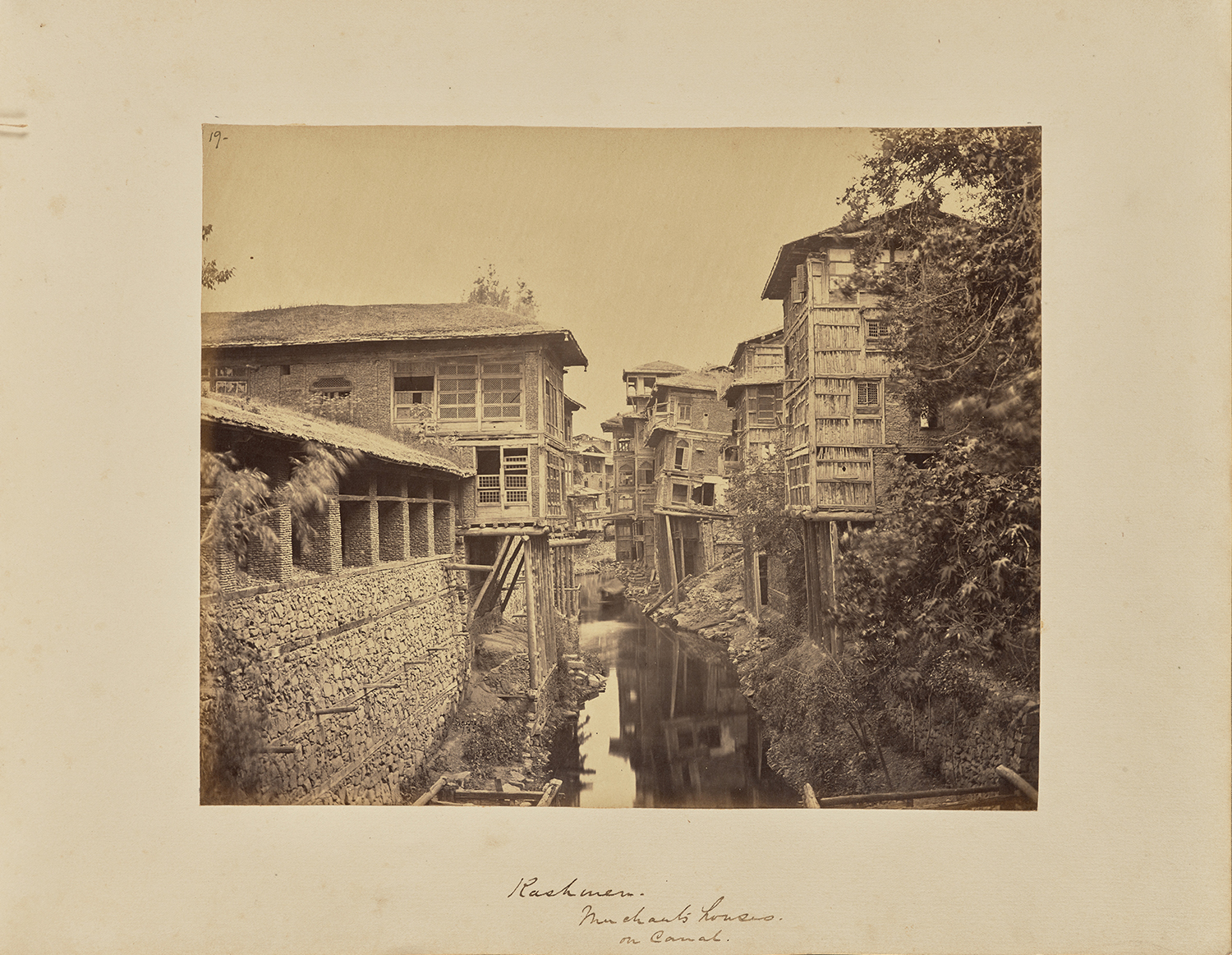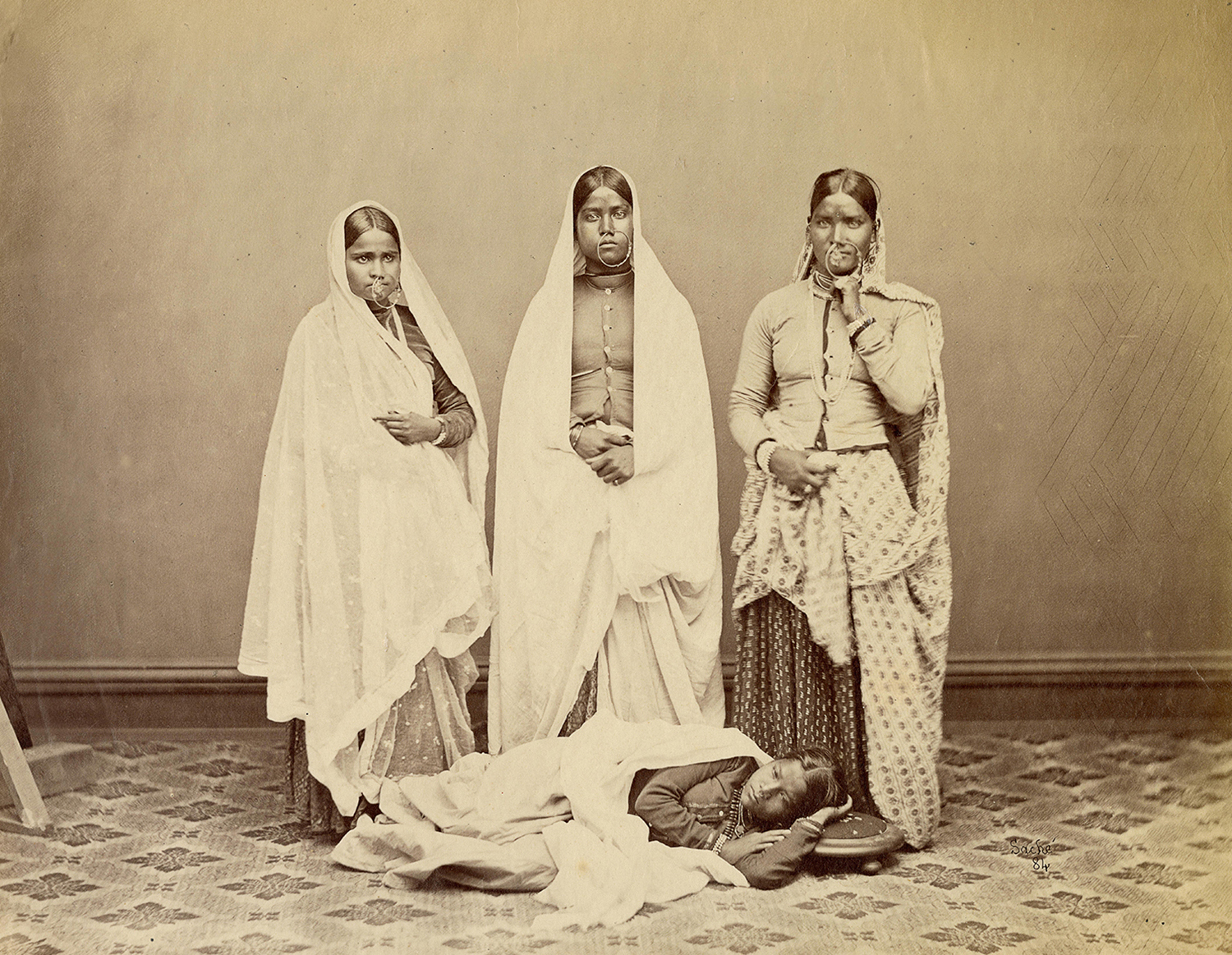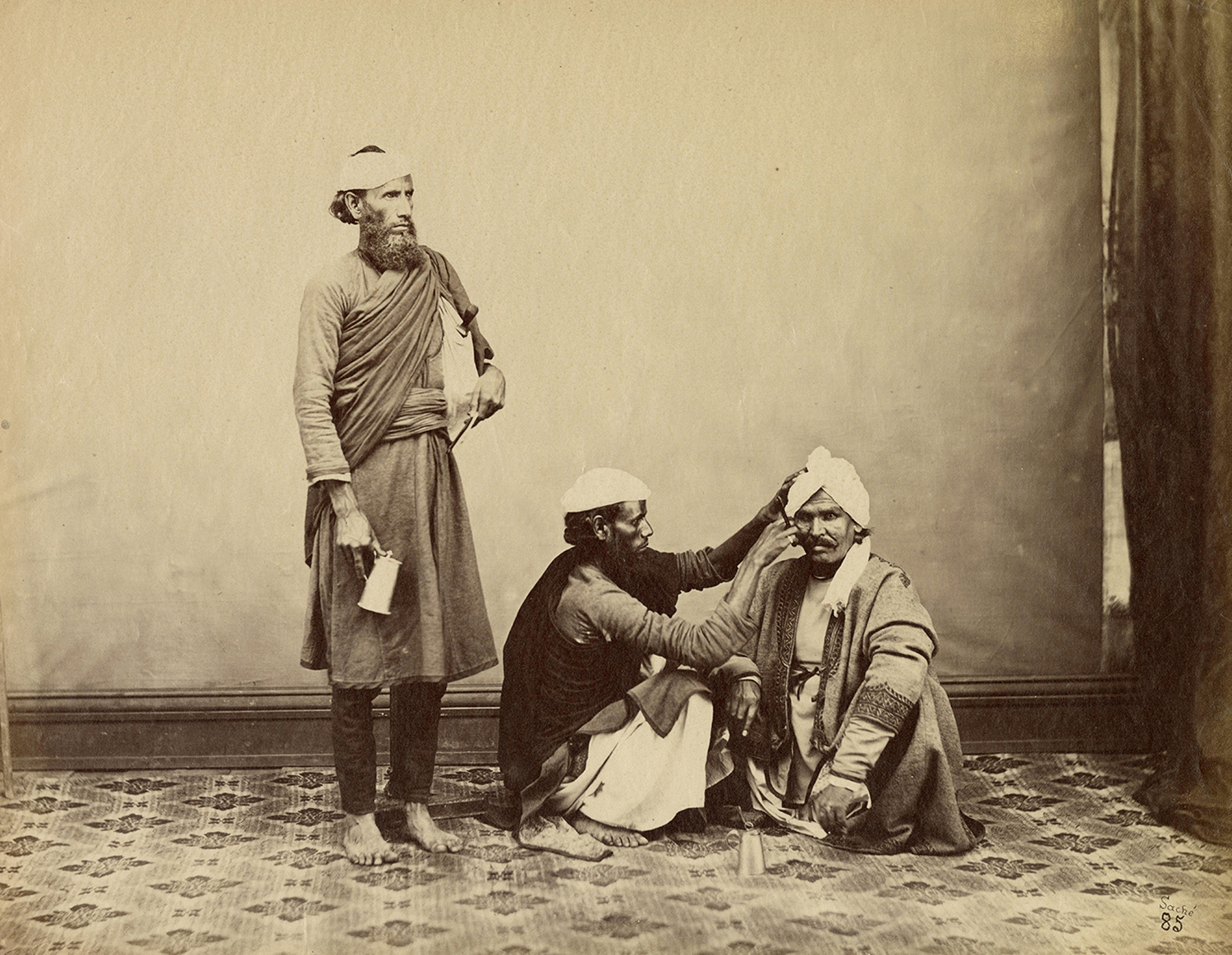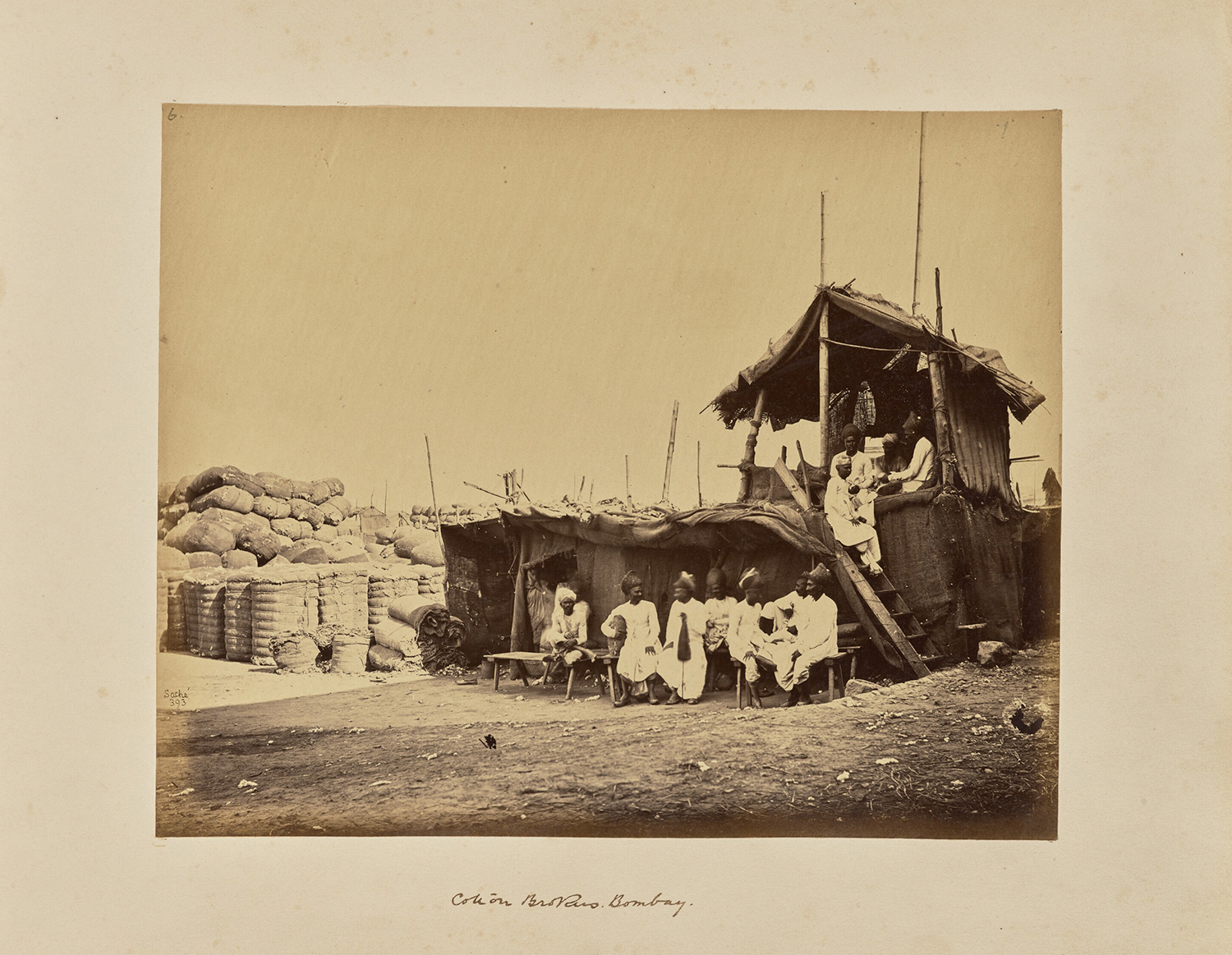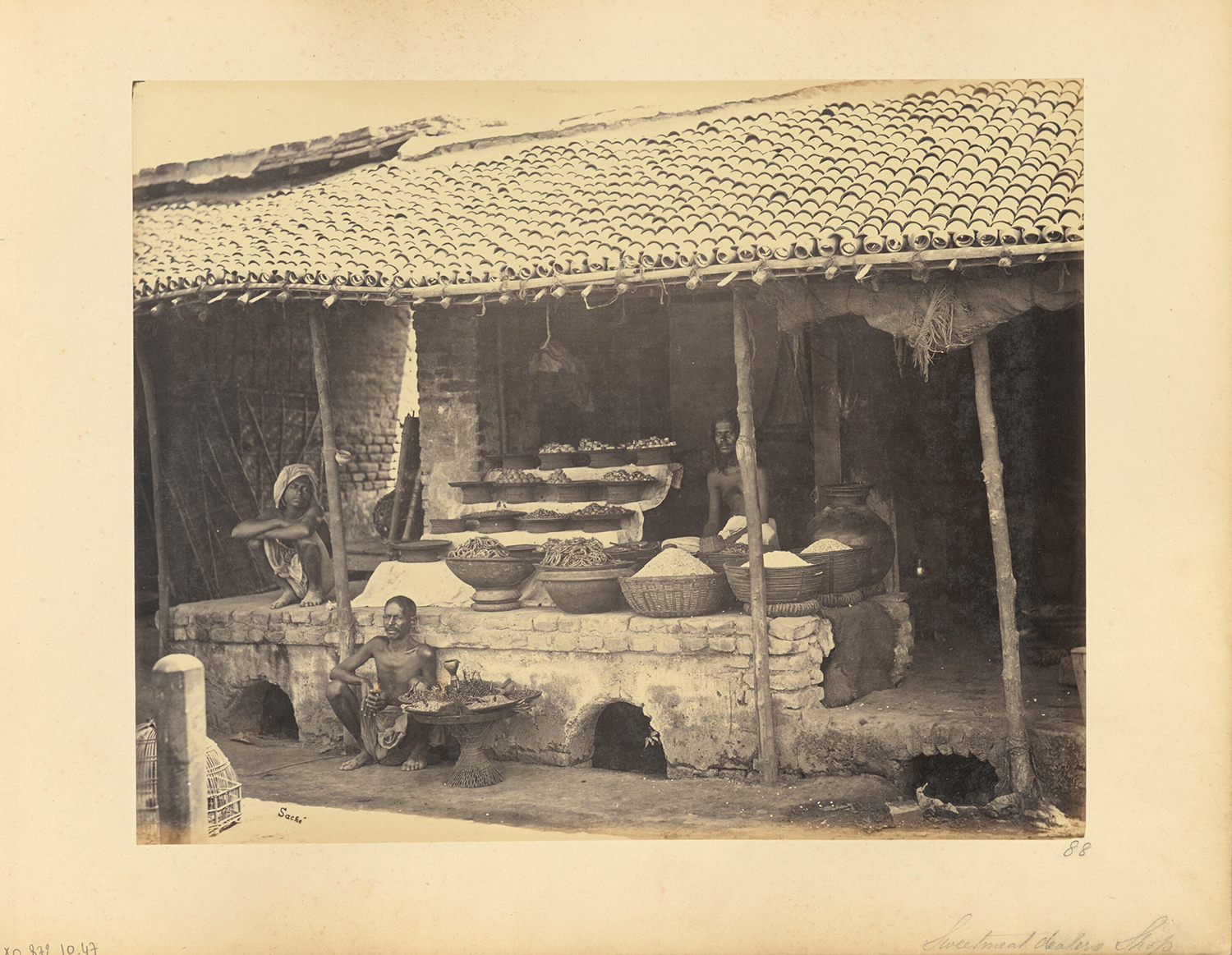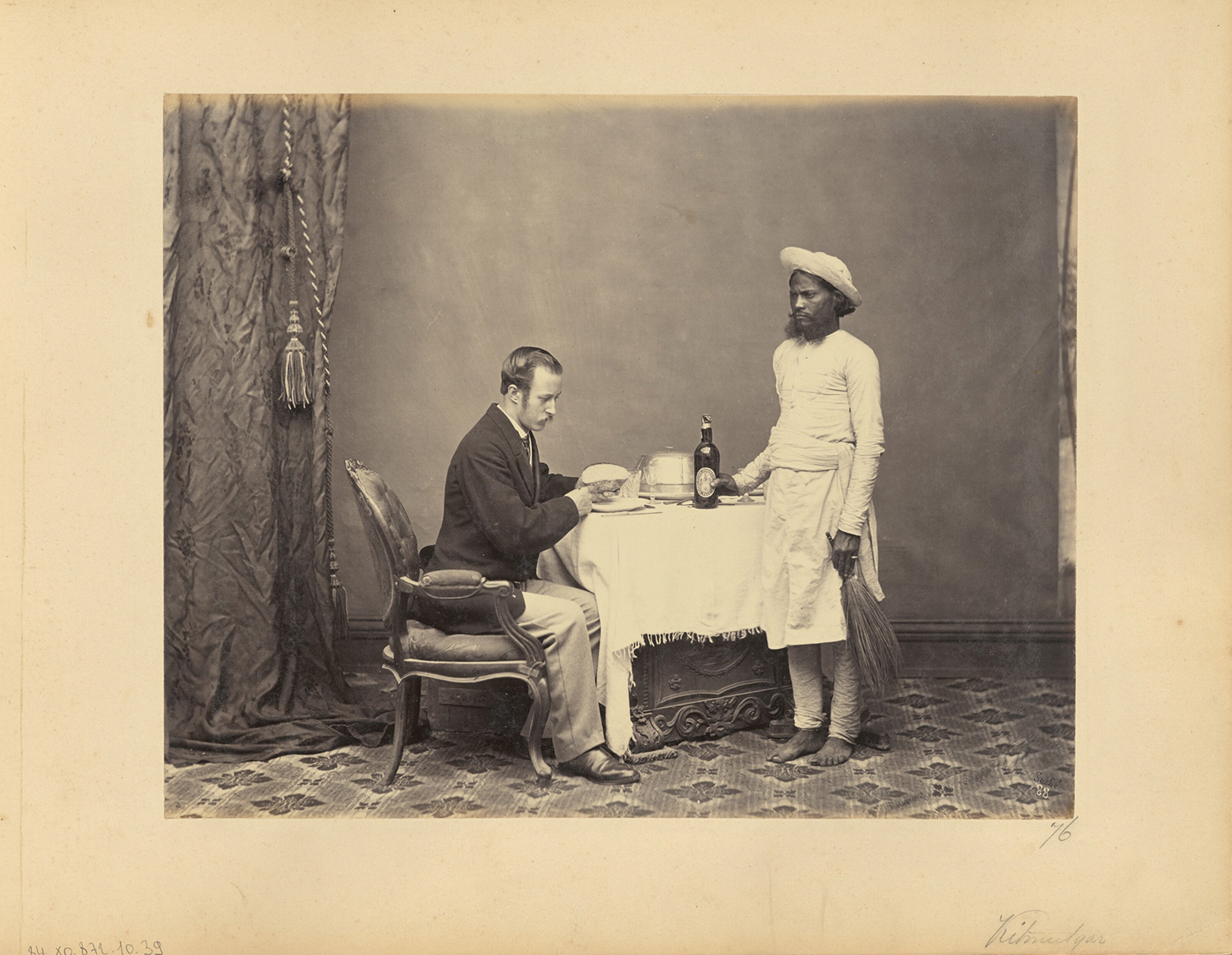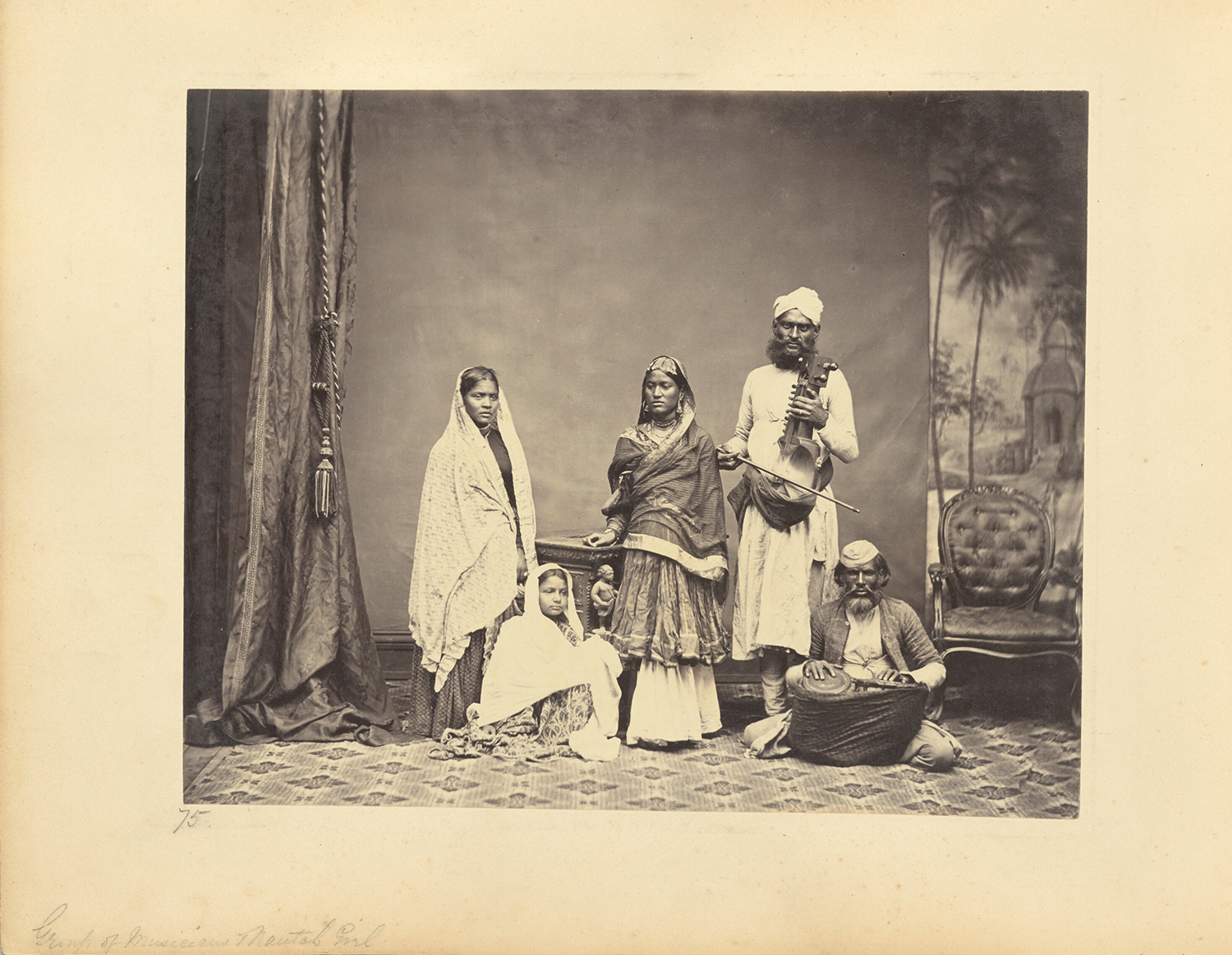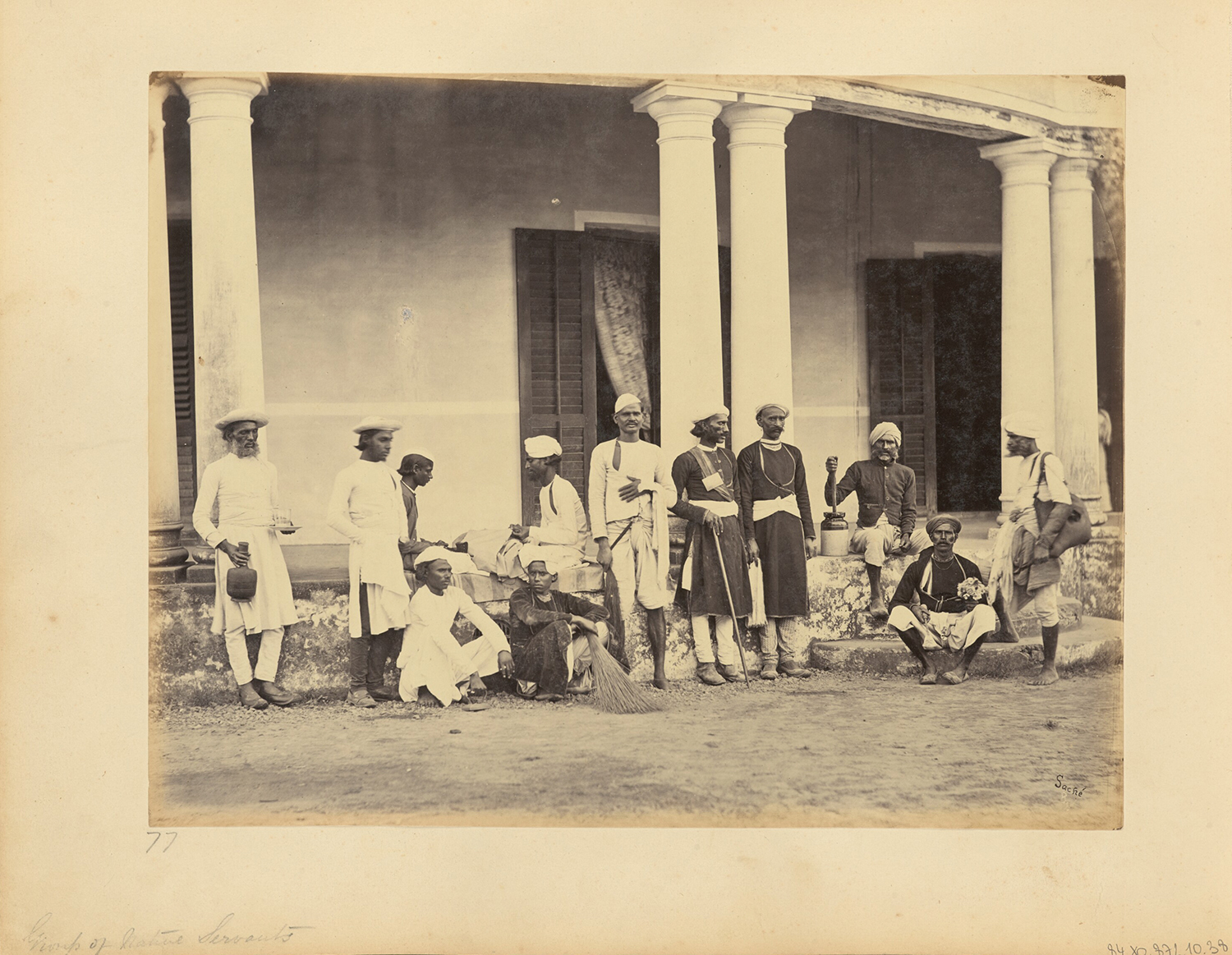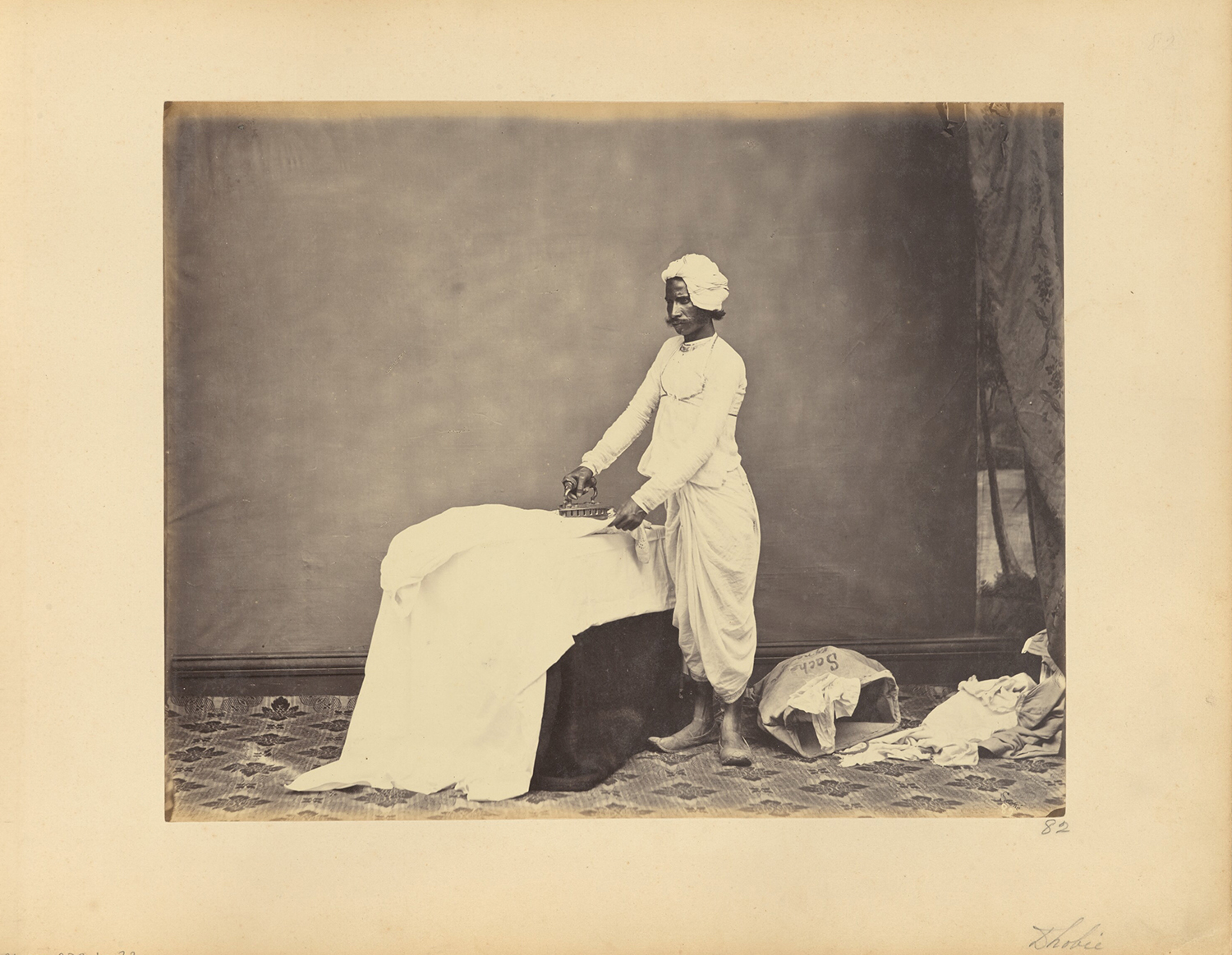ARTICLE
John Edward Sache (b.1824, d. 1882)
A Prussian photographer who worked in the USA and India, John Edward Sache is best known for his documentation of the Indian subcontinent in the mid-nineteenth century. Aligning with the contemporary Victorian interest in scientifically documenting various aspects of the European colonies, his photographs focused on diverse subjects across the areas of architecture, topography, ethnography as well as entomology.
Sache was born in 1824 as Johann Edvart Zachert in the erstwhile German kingdom of Prussia (then covering much of northern Europe). In the 1850s, he worked as a photographer in the USA, probably changing his name during this period. He first arrived in India in 1864, at Calcutta (now Kolkata). In 1865, he began a partnership with photographer WF Westfield to set up a photographic studio named Sache & Westfield at Waterloo Street in Calcutta, which became a member of the Bengal Photographic Society. The studio won the silver and bronze medals at the Society’s annual exhibitions in 1865 and 1866 respectively. Sache was also involved in other partnerships such as Sache & Hennah and Sache & Murray, photographing the Marble Rocks, near Jabalpur in Madhya Pradesh, during the latter partnership.
Sache also set up separate studios of his own in northern India — one in Nainital, present-day Uttarakhand, in 1867, which served as his summer studio, and another in Lucknow, Uttar Pradesh, as his winter studio. He extensively engaged in landscape and architectural photography, producing images with wide, spacious compositions reminiscent of the works of Samuel Bourne. He is known for his cityscapes and landscapes across various parts of India, including Delhi, Lucknow and Nainital in the north, as well as Calcutta and Bombay (now Mumbai). Among the various monuments he photographed were the Taj Mahal, the Qutub Minar, the Lahore Fort and the palaces of Fatehpur Sikri. He also photographed insects, an unconventional interest at the time. Sache’s photographs were largely produced as albumen prints, one of the predominant techniques of the period.
Sache & Westfield closed its doors in 1870, but both its founders continued to work individually. In 1872, following the death of his second wife, Sache left India for a brief time. Following his return, during 1874–76 he opened more seasonal studios, in Meerut, Cawnpore (now Kanpur) and Benares (now Varanasi), and managed them with the help of his son, Alfred. In 1873–74, he made a series of landscape photographs in Kashmir, in what would be his final foray in that genre. In 1880, he partnered with GW Lawrie, a Scottish photographer who had previously worked for him, to open the studio Sache & Lawrie.
Sache is also known for his work in ethnographic photography. Soon after its founding in 1865, Sache & Westfield received a commission from the Asiatic Society of Bengal to photograph a group of individuals from the Andamanese Orphanage alongside Jeremiah Nelson Homfray, the superintendent of the institution who had brought them to Calcutta. The image conveys a stark and racially charged power dynamic: the seven Andamanese of various ages, bald and almost entirely naked, stand and sit in a close group, looking into the camera; Homfray stands over them, fully clothed and looking off into the distance — away from the group and the camera — establishing himself as the orphans’ guardian while remaining aloof from them. Titled Andamanese Group with Their Keeper Mr Homfray, the photograph is emblematic of various colonial attitudes prevalent in the ethnographic photography of the time. It was exhibited at the Paris International Exposition in 1867. Sache also staged a number of individual and small group portraits representing people of various Indian communities — particularly rural — with tools or other paraphernalia associated with their occupations.
Sache’s work has been published in the form of collections such as Views of India, 1865–1869 and India (30 Works), 1860–1869. His photographs are held in the collections of the J Paul Getty Museum, Los Angeles; the Museum of Art & Photography (MAP), Bengaluru; and the Alkazi Collection of Photography.
Sache died in 1882.
Bibliography
Hannavy, John, ed. Encyclopaedia of Nineteenth-Century Photography, Volume I. New York: Routledge, 2008.
Gaskell, Nathaniel, and Diva Gujral. Photography in India: A Visual History from the 1850s to the Present. Munich: Prestel, 2018.
Goswamy, B.N. “Witnesses to the Times.” Spectrum, September 18, 2011. Accessed April 29, 2024. https://www.tribuneindia.com/2011/20110918/spectrum/art.htm.




